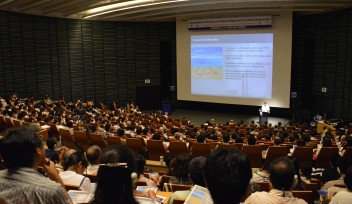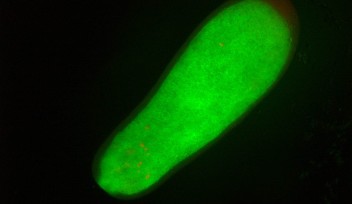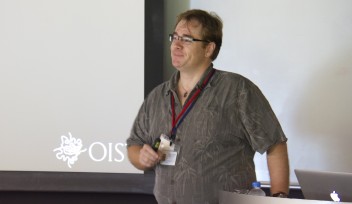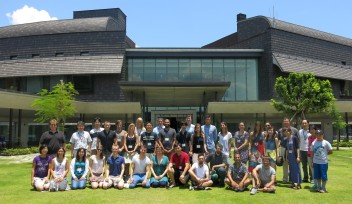qsu FY2022 Annual Report 09
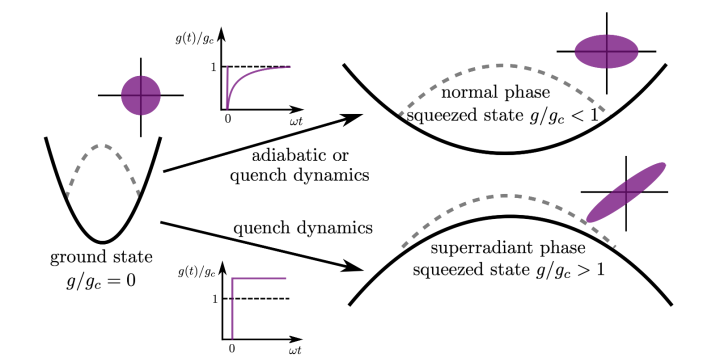
Figure: Schematic representing a toy model for a quantum phase transition (g/gc>1 is the superradiant phase), with the black line being the effective potential that is felt by a quantum state (dashed-gray line). Driving the system close to the critical point (g/gc∼1) creates the correlated (squeezed) excitations at a very slow rate (critical slowing down), since the effective potential is still of trapping form. However, if the system is quenched beyond the critical point (g/gc>1), the same number of correlated excitations can be generated much faster since the initial state will behave as if it was placed in an inverted harmonic oscillator potential. The purple ellipses represent the phase space picture of the state.
Publication:
Understanding and Improving Critical Metrology. Quenching Superradiant Light-Matter Systems Beyond the Critical Point
Karol Gietka, Lewis Ruks, and Thomas Busch
Quantum 6, 700 (2022)
Copyright OIST (Okinawa Institute of Science and Technology Graduate University, 沖縄科学技術大学院大学). Creative Commons Attribution 4.0 International License (CC BY 4.0).










